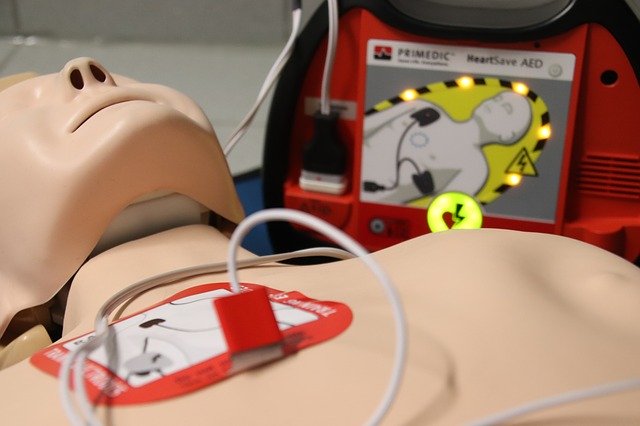Emergency preparedness has suddenly been thrust into the global spotlight, as countries around the world grapple with a historic pandemic for which many weren’t prepared. While such occurrences are certainly rare, the current crisis has raised awareness about the need to be ready for any unexpected situation. Workplaces have a particular stake in emergency preparedness training for employees, as, in the event of an emergency situation, having unprepared workers can lead to lawsuits, injuries or even death, as well as long-term business failure.
Types of Emergency Preparedness Training for Employees that Should be Required
1. CPR/AED
In the event of a medical emergency, all employees should know how to perform cardiopulmonary resuscitation, which is among the most basic types of emergency training but can also be the most vital in a life or death situation. CPR has been proven to be a lifesaving tool that can help someone suffering cardiac arrest or another medical emergency avoid brain or other damage until trained first responders can arrive on scene. Employers must also have an automated external defibrillator on site and all workers should know how to use it to perform emergency cardiac rhythm treatments.
2. First aid
CPR and AED use are often taught in basic first aid. Workers will also learn how to react to other medical emergencies, such as choking, burns, stroke, and seizure, as well as where first aid items are stored in the workplace.
3. Fire tools
Any emergency preparedness training for employees should envision the unfortunate possibility of a fire in the workplace. Employers need to have fire extinguishers, axes and other tools to help suppress fire on site, and all employees should know exactly where to find them and how to use them so they can think fast if fire strikes.
4. Evacuations and exits
Workplaces should conduct regular fire and emergency drills so employees don’t have to think twice should an alarm bell start ringing. Have orderly plans in place and ensure all workers know where to go.
5. Shelter in place
Violence in the workplace and other emergency situations are unfortunate realities for modern employers, and they have to ensure their workforces are prepared to shelter in place should such an event occur. Also, natural weather events like tornados may prompt employees to have to seek shelter within the workplace, and it’s important that they know the safest spot, since such situations are often sudden and require quick responses.
6. Chain of command
Emergency preparedness training for employees should also show them who’s in charge of what in an emergency situation. They must all know their own role, such as checking offices during an evacuation or being the one responsible for calling 9-1-1. With a formal plan in place, workers and workplaces will be more prepared and protected.
SecureCore’s emergency preparedness software offers disaster preparedness planning tools, onsite disaster management, and online disaster recovery solutions for apartment buildings and multifamily properties. Contact us and request a demo of our disaster management software today.

